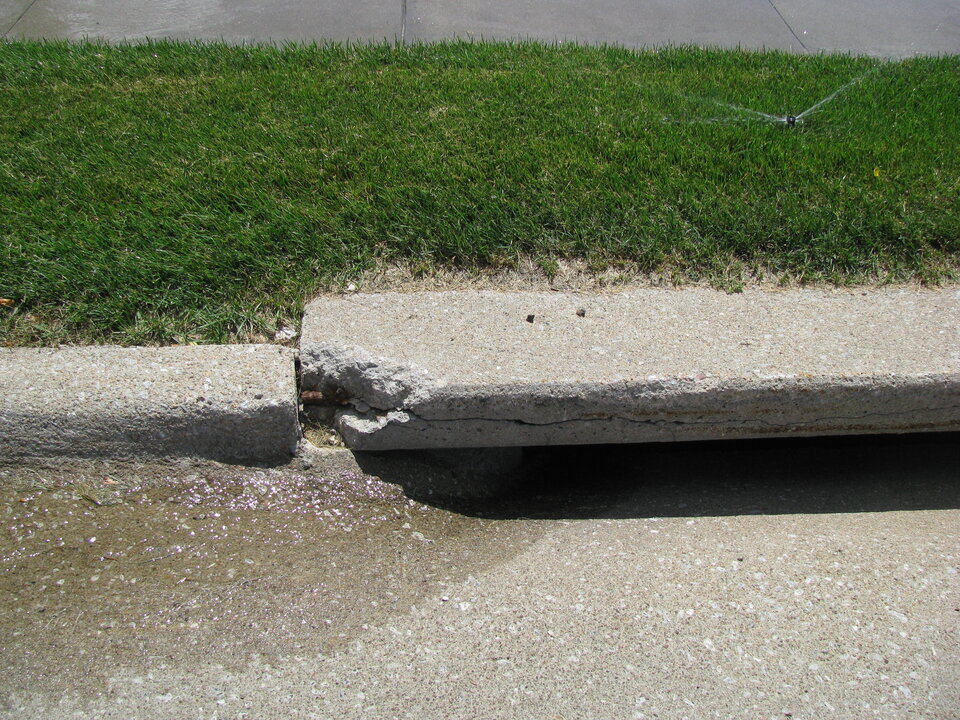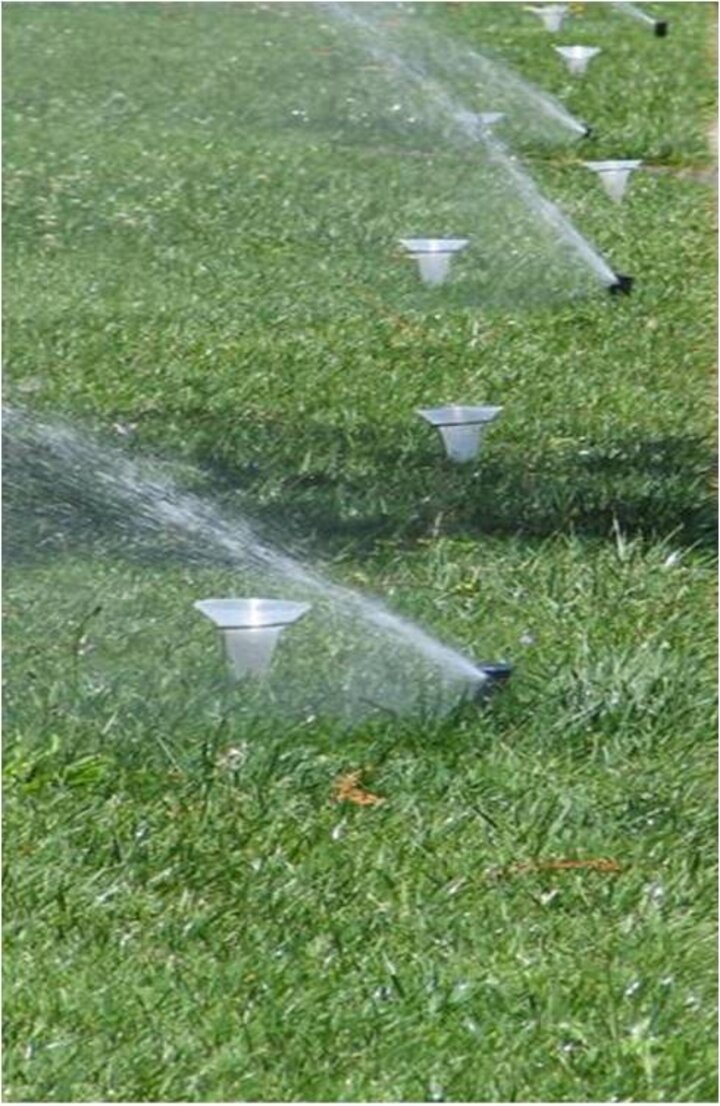Protecting Ground and Surface Water

With a tip of the cap to National Groundwater Awareness Week, which was March 11-17, the landscape and gardening industry must do their part to prevent groundwater and surface water pollution on the properties we manage.
At first, this topic may seem kinda nebulous, almost begging the question of “how does my garden or lawn contribute to water pollution?” Actually, there are many potential ways, but the overall theme is just about anything that is put on the landscape from fertilizer to compost and mulch to pest control products can cause damage. As all of these inputs can move downward in the soil profile or out into the street and then into the storm sewer; even grass clippings and ice melt products (that contain nitrogen, phosphorous, sodium and potassium) can pollute.
Fortunately, there are many strategies that can be taken to prevent surface and groundwater contamination.
Spillage: Fertilizers, pesticides and grass clippings can easily be spilled on hard surfaces and transported to water supplies.
Solution: Use a blower or broom to move them back to the landscape.
Landscape Design: Odd-shaped landscape beds and turf areas make it hard to irrigate and fertilize without waste and spillage.
Solution: Change the areas into non-plant hardscapes.
Irrigation: Irrigation water is often misplaced on streets and sidewalks or distorted by shrubs and other objects.
Solution: Perform an inspection at the beginning and in the middle of the season. An audit will help put water only in the landscape, avoiding streets or driveways to reduce overall water use.

Calibration: Out-of-calibration sprayers can apply more than the recommended amount of product formulation.
Solution: Check for clogged orifices, pressure and distribution patterns.
Compaction: Compacted soils are much like concrete; they don’t allow infiltration of fertilizers and pesticides.
Solution: Incorporate organic matter to improve infiltration.
Slopes: Sloped lawns facilitate movement of contaminants to the street and sidewalk.
Solution: Aerate sloped lawns to increase water, pesticide and fertilizer infiltration.
Thatch: Thatch is a natural preventer of infiltration.
Solution: Decrease excessive thatch with a power rake.
Drought/Dry: Overly dry soils turn as hard as concrete and encourage runoff.
Solution: Keeping soils moist — not soggy or dry — causes fertilizers and pesticides to soak in.
Thin Turf: Runoff is often observed in thin turf due to reduced holding capacity.
Solution: Reseed thin turf or replace with shade adapted groundcovers.
This article was reviewed by Nicole Stoner